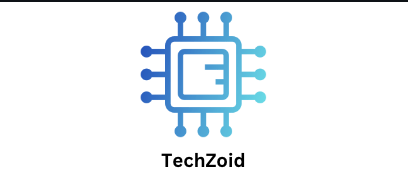Making the Permit Process Simpler
The intricacy and slowness of the legal permission process are two major factors contributing to unlawful building. People and developers are driven to unapproved alternatives by drawn-out processes, ambiguity, and bureaucratic obstacles. Compliance can be facilitated by streamlining construction permit requirements, providing online application portals, and providing clear instructions in easily understood language. Creating single-window clearance procedures or local support centers might further incentivize developers and residents to adhere to regulatory requirements.
Increasing Enforcement and Monitoring
To stop unlawful building from continuing unnoticed, a strict monitoring system is essential. To identify irregularities early, local authorities must carry out routine inspections and use cutting-edge technologies like satellite photography, drones, and GIS mapping. While willful infractions should result in severe penalties like stop-work orders, hefty fines, or demolition, first-time minor offenders may be permitted to make corrections. Enforcement should be stringent and uniform. The message that unlawful development will not be allowed is reinforced by prompt action.
Improving Government Agency Coordination
Coordination gaps between planning offices, revenue authorities, utility suppliers, and law enforcement organizations can allow illegal development to flourish. Interdepartmental task groups can be established to guarantee prompt information exchange and prompt action. Early detection of unlawful constructions can be aided by cross-referencing building permits with utility connection approvals and property tax data. In order to secure prompt legal settlement of building disputes and execution of demolition or penalty orders, it is also imperative that court proceedings be expedited.
Promoting Involvement in the Community
The first people to detect questionable building operations are frequently the locals. Early detection is aided by empowering communities through easily accessible reporting channels like smartphone applications, hotlines, or specialized complaint centers. By giving updates on complaints that have been filed and making sure that the public can observe the tangible outcomes of their efforts, authorities can uphold transparency. Public awareness campaigns regarding the significance of safety standards, building rules, and the environmental effects of unlawful construction can help people feel more accountable.
Fighting Corruption and Improving Openness
Illegal building is greatly aided by corruption, since some authorities and developers may band together to advance unapproved projects. Authorities must construct public dashboards with real-time data on approvals and inspections, digitize approval procedures, and post building permits online in order to combat this. A powerful deterrence signal is sent by enforcing stringent measures against dishonest officials, safeguarding whistleblowers, and conducting random audits. Illegal activity is more difficult to ignore when individuals have easy access to information.
Presenting Incentive and Fair Regularization Policies
If safety regulations are followed and suitable fines are paid, regularization programs may be implemented for minor, non-hazardous infractions. This guarantees that buildings are subject to regulations and provide income for the government. Regularization must never, however, be used as a cover for extensive fraudulent construction. Legal construction techniques can be further promoted by providing incentives to those who follow the rules, such as accelerated approval times or lower costs.
Developing a Sustainable Urban Growth Plan
Lack of cheap housing and strict zoning regulations that don’t accommodate growing urban populations are two significant causes of unlawful development. Zoning laws need to be updated by governments in order to support mixed land-use development, permit balanced expansion, and expand the number of acceptable housing alternatives. Anticipating population expansion through proactive urban planning lessens the pressure that leads to unpermitted building.
Increasing the Capacity of Institutions
Well-trained officers with up-to-date equipment and legal assistance are essential for effective enforcement. Programs to increase the capacity of inspectors, engineers, lawyers, and urban planners can increase the effectiveness of government. Putting money into geographic data systems, mobile inspection tools, and digital infrastructure improves institutional preparedness to identify and address infractions.
Conclusion
More than just harsh penalties are needed to stop unlawful building; a comprehensive and long-term strategy including legal change, improved planning, more robust enforcement, technology assistance, openness, and active public involvement is needed. Unauthorized development is far less likely when the permission procedure is made easier, authorities are more watchful, communities are involved, and corruption is reduced. Society can make metropolitan areas safer, more orderly, and more habitable by implementing a long-term plan based on responsibility and public welfare.
